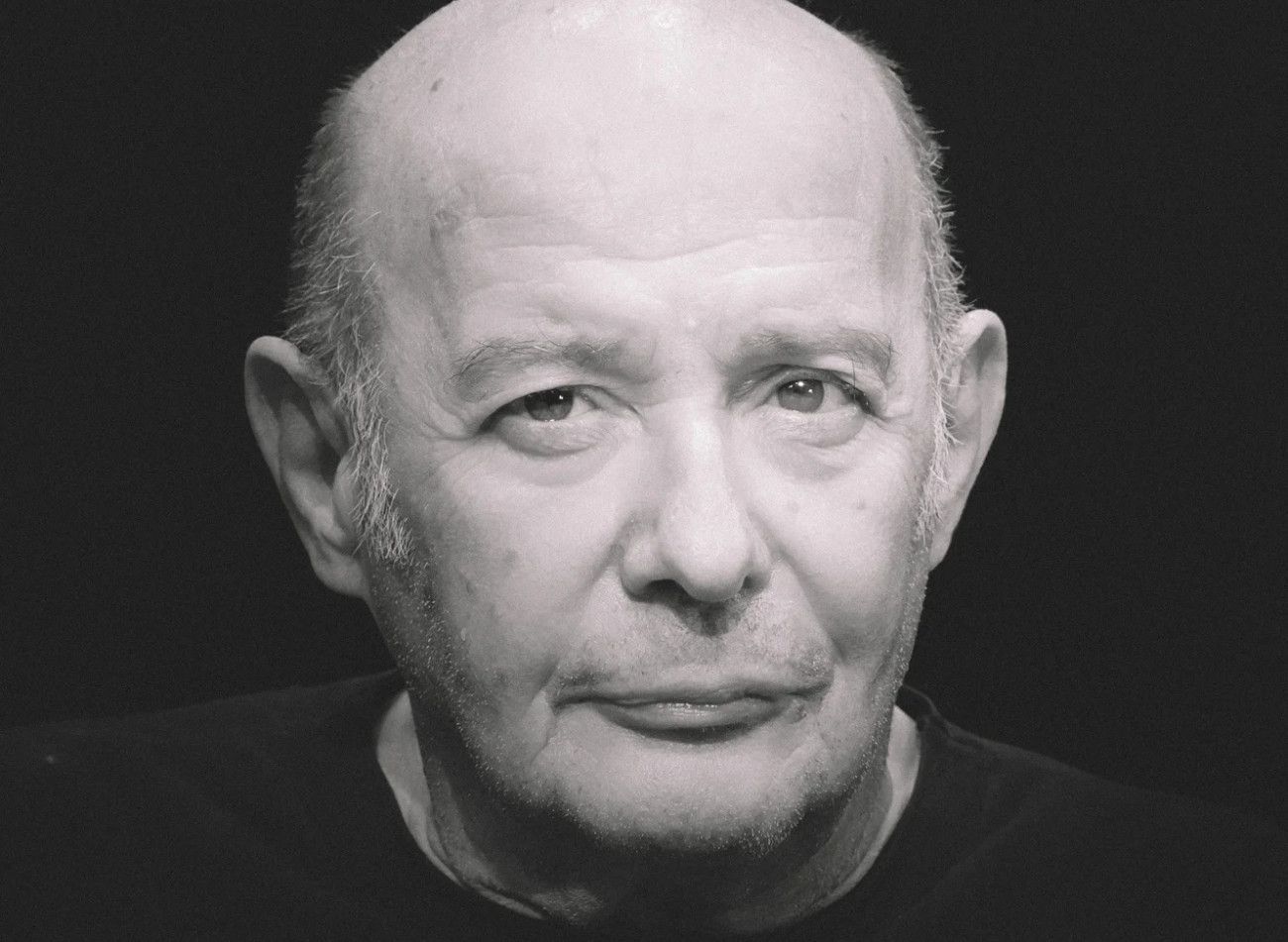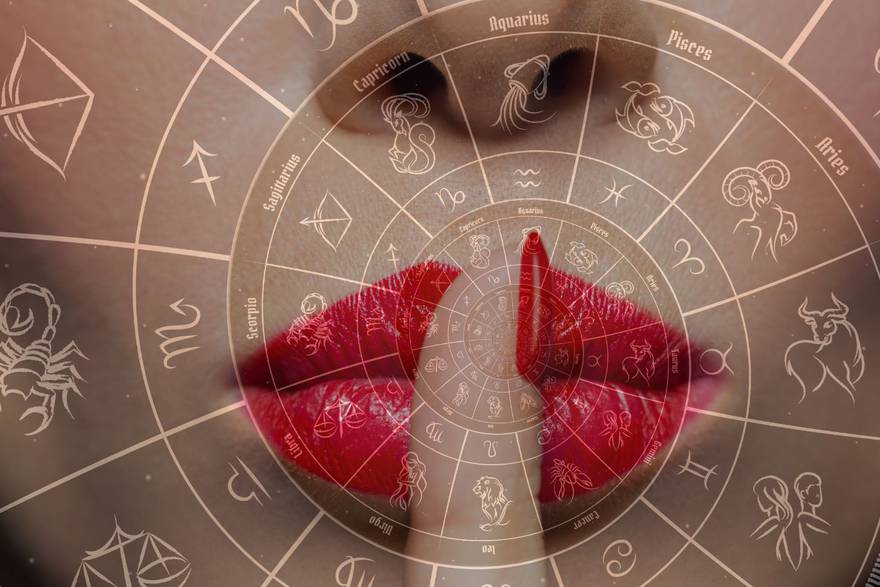YouTube's biggest moments that shaped digital society

YouTube, which started as a weird platform for video posting, has radically changed the way we think, feel and interact with others as it reaches its 20th anniversary.
In 2006, Time Magazine announced as a « face of the year » each of us, showing how the platform would affect the new era.
Since 2005, when it started, youtube has evolved into an unquestionable pillar of technology, with 2.5 billion users each month and one billion hours of videos being watched daily only on television, and its influence extends on the internet life.
YouTube videos have understood a huge portion of our collective consciousness, defining what unites us, what separates us, what makes us laugh, cry and be ashamed. Journalist Mark Bergen reports on Bbc That all social media mechanisms have been developed mainly due to the financial model created by YouTube.
Human nature has changed for the last 20 years and, as can be seen from these five videos, YouTube has become the point of connection for the way we see ourselves and each other.
Canon Rock
The Canon Rock video, which marked the beginning of online collaboration. It was published just 10 months after the founding of YouTube and presented the South Korean musician Jeong-Hyun Lim (known as Funtwo) playing Johann Pachelbel's canon in D with electric guitar. The public's reaction was explosive, with about 900 users sending immediate answers and thousands of others raising their own covers. In 2007, YouTube user posted a collection of videos showing different musicians playing the song, creating the feeling that everyone is playing together.
This phenomenon has created a « response between artists », giving people the opportunity to see each other as creative collaborators. YouTube, by demolishing the creative process, has become a meeting place for different communities with different interests and skills. A new era of online collaboration was inspired, where videos such as Canon Rock were not just a show, but an invitation for others to participate and set standards for the community.
https://www.youtube.com/watch?v=tf6cnlnearo
Lonelygirl15: What is TRUE?
The Lonelygirl15 series, which began with Bree, a girl uploading daily videos to her life and home education. The story, however, took a strange turn when she discovered that her family was involved in a strange religious sect. The plot evolved with Bree escaping and investigating secret codes, avoiding the followers of the heresy and struggling with a dark organization.
All this was obviously true, but the beginning of the series was so plausible that most did not question the story until it became so unlikely that it could not be ignored. « Bree » had a mysterious authenticity, was actively linked to its fans through MySpace and corresponding to journalists, and even the New York Times wondered if the series was true or farce until the last episode.
Lonelygirl15 raised questions about authenticity and truth on the internet, causing viewers to challenge their internet identity and recognize that authenticity does not exist in the world of social media – we always create a persona, even if we do not pretend. It brought to the surface the doubt about the truth on the internet and founded a new class where every post, however innocent it may seem, is subject to questioning and mistrust.
By making out
The coming out videos on YouTube started in 2011 with Randy Phillips, an US aviator who decided to tell his father that he was gay while the camera recorded him. This video was an early example of the kind of coming out videos, which became increasingly popular and influenced by time. YouTube offered LGBTQ+ people the opportunity to share their experiences and realize that they are not alone, while at the same time contributing to the social change that took place in real life.
Society was in a phase of change, and in 2011, Tyler Oakley created the challenge coming out, encouraging others to share their sexual identities. Celebrities and creators, such as Troye Sivan, Tom Daley, and others, shared their coming out videos, some of which acquired millions of views.
The importance of coming out videos is that they have allowed LGBTQ+ people to strengthen and prove that people with different sexual identities are not alone, and that they are not different from others. These videos gave people who were not accepted in their real world the opportunity to find safe and supportive communities on the Internet.
https://www.youtube.com/watch?v=hadyspiwcgs
Finally social media
In 2015, Australian YouTuber Essena O'Neill decided to abandon social media and share its decision in a video, addressing its 12 -year -old. In this video, he mentions the negative consequences of social networking on mental health and the « constructed » standards shown through it. Her decision triggered a broader debate on social media abuses and the mental fatigue they cause to content creators.
The « quitting videos » became a subspecies of social media content, with many creators realizing that they were overcame or needed a break. O'Neill, in her example, caused a debate on the burden of social media on creators and their influence on society in general, pointing out their negative impact on mental health and dependency.
Although this discussion has been opened, the use of social media, such as YouTube, has not declined and continues to grow. O'Neill, despite her departure, returned online, while Google (YouTube's mother) is trying to promote a healthy and supportive community for creators and users, with a focus on their health and prosperity.
https://www.youtube.com/watch?v=GMABWTQVWX8
YouTube Rewind 2018, which became the most disapproved video in the history of the platform with over 10 million dislikes. YouTube Rewind was an annual video of the biggest cultural trends of the year, which was usually liked by the public. However, in 2018, the reaction was particularly negative. Critics, even the Daughter of YouTube CEO, condemned the video of a YouTube image that served the company's interests, ignoring the real reactions and use of the platform by users.
Rewind 2018 reveals a growing hostility to the company. Initially, YouTube was considered a place of positivity and creativity, but over time, this image began to change. The platform, once considered common ownership and work of all users, now seemed to have become a superpower, with users' participation.
The company, despite criticism, stresses that YouTube remains a space for democracy for content and opportunities, pointing out the implementation of common guidelines to combat harmful content and promoting a healthy environment for all users. However, the reaction to Rewind 2018 has made a significant shift to how users see their role on the platform, now feeling that they are simply using it instead of creating it.
https://www.youtube.com/watch?v=ybjotdzbx1g








